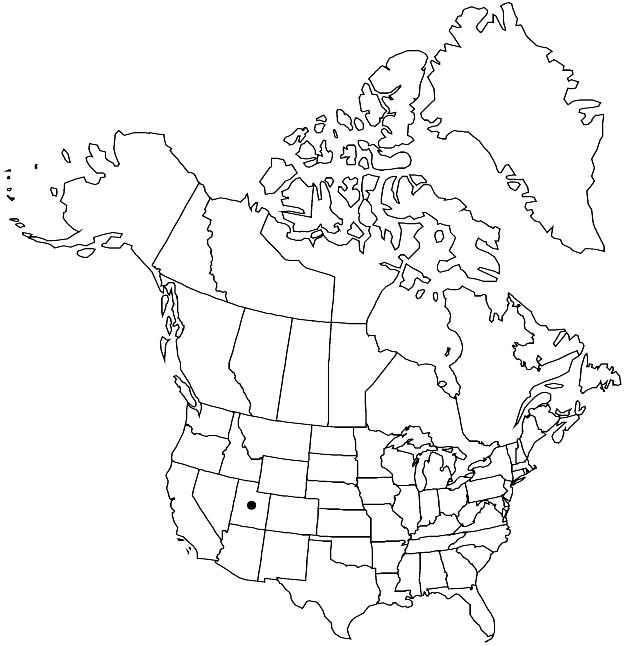Brachytheciastrum delicatulum
Arctoa 19: 30. 2011.
Plants moderately small to medium-sized, in loose or moderately dense tufts, green to yellowish. Stems to 5 cm, creeping, terete-foliate, not julaceous, irregularly to regularly pinnate, branches to 10 (–15) mm, terete or subcomplanate-foliate. Stem-leaves erect at base, densely to loosely arranged, often loosely arranged at shoot ends, falcate-secund, ovate or ovatelanceolate, slightly to moderately plicate, rarely not plicate, 1.4–2.5 × 0.3–0.5 (–0.7) mm; margins plane or recurved in places (more commonly proximally), serrulate to base, rarely subentire; apex gradually or abruptly long-acuminate, acumen often falcate or flexuose; costa to 50–75% leaf length, terminal abaxial spine small; alar cells subquadrate, 10–25 × 8–15 µm, region extensive, triangular, of 8–10 × 5–8 cells, fairly distinctly delimited; laminal cells linear, 50–90 × 45–10 µm; basal juxtacostal cells shorter, to 8–10 µm wide, indistinctly delimited. Seta reddish, 1–1.5 cm, smooth or slightly rough distally. Capsule inclined, sometimes slightly erect, reddish, ovate, 1–2 mm; endostome basal membrane 1/5–1/3 endostome length, cilia short to absent. Spores 10–15 µm.
Habitat: Soil, damp to dry rock, shaded places, under overhanging rock and exposed tree roots
Elevation: moderate to high elevations (1500-1900 m)
Discussion
Brachytheciastrum delicatulum is characterized by narrow leaves, many of them more than five times longer than wide, rather numerous alar cells, and, usually, an almost erect capsule with a reduced peristome. The branch leaves are lanceolate to linear. The species is known only from Millard County.
Selected References
None.
Lower Taxa
"long" is not a number."broad" is not a number.
